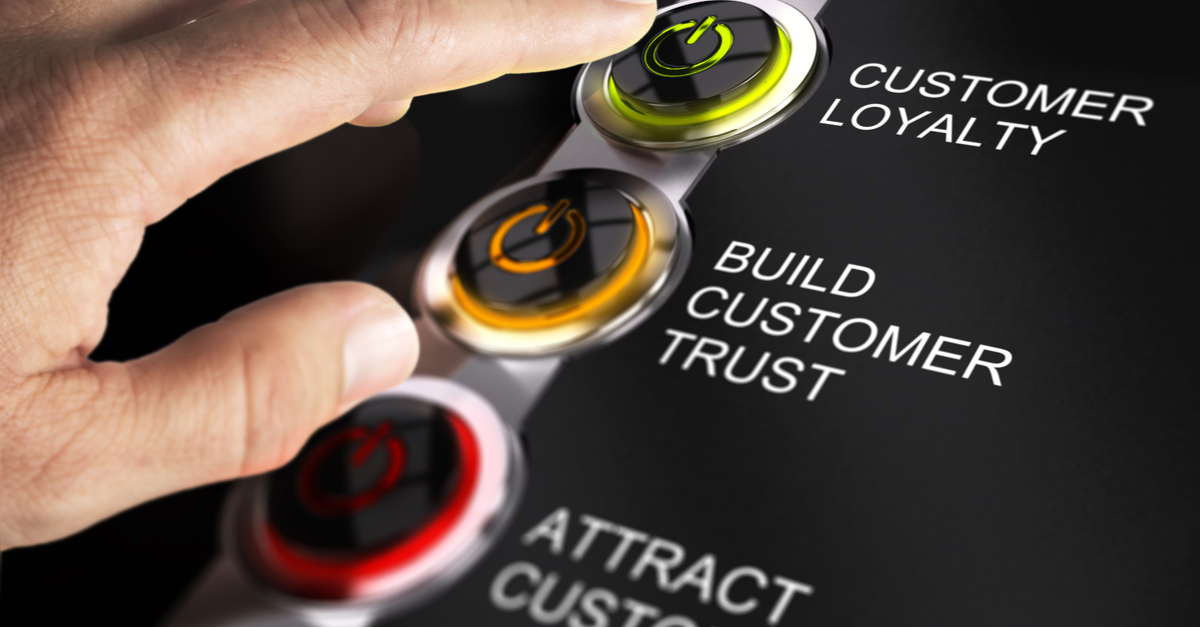Over the last couple years, there’s been a shift in the content of television and radio commercials from product features to customer experience. It appears companies have realized that they can no longer compete on product alone, as the feature parity gap can be closed and surpassed by the competition, and consumers have so many options.
I’ve seen that home security companies, like ADT, no longer spend their 60-second spot highlighting the features of the alarm system or the ability to arm your home from your cell phone – something most alarm companies can now deliver. Instead they focus on the speed, quality, and empathy of their service department when dealing with a break-in.
Comcast’s XFINITY and other cable entertainment products now focus less on the number of channels you receive with your cable package, and instead highlight the ease of doing business with them, such as the ability to schedule your appointment online or within your preferred schedule, even providing the ability to do so through their app when looking for technical support.
Similarly, investment companies like Fidelity don’t spent their marketing dollars talking about the financial return customers will experience, but instead focus on how easy it is to manage those accounts.
While these are examples of how large organizations have shifted their advertising spend, this shift in consumer marketing is actually favorable for small organizations. Small organizations may not have million-dollar research and development or product development budgets, but they do have more power to compete on customer experience. Smaller companies typically have more agility to make changes to their customer service processes and engagement strategies than their enterprise counterparts. Often the sheer breadth and bureaucracy of making changes within “big-box” organizations turns a minor customer service tweak into a major molehill with a twelve month timeline.
Additionally, smaller organizations often can provide a more personalized experience for its customers. A neighborhood shop and major retailer may both sell the running shoe at similar prices. However, due to size and its number of customers, a large company will require much more technology infrastructure to prompt its employees to ask me about the specific reason I was buying the shoes.
Granted, there are some large corporations that excel at providing a comparably personalized experience – Amazon always seems to know what I need to buy before I even do! But I venture to say that this personalization comes with a hefty technology price tag, while a smaller store might provide a similar experience more organically as the size of their customer base permits.
Product quality can’t be ignored – tailored service means nothing if the experience isn’t there to back it up. Nonetheless, customer experience is the true battleground for differentiation, and warrants the shift in focus. Regardless of organization size, advertisers have the right idea to market to consumers based on customer experience rather than product, because we know that’s what makes customers come back.




